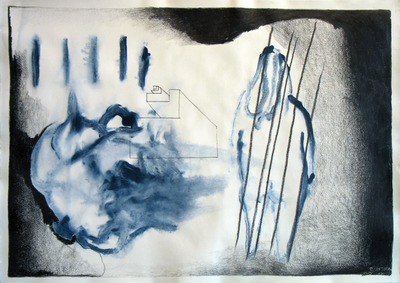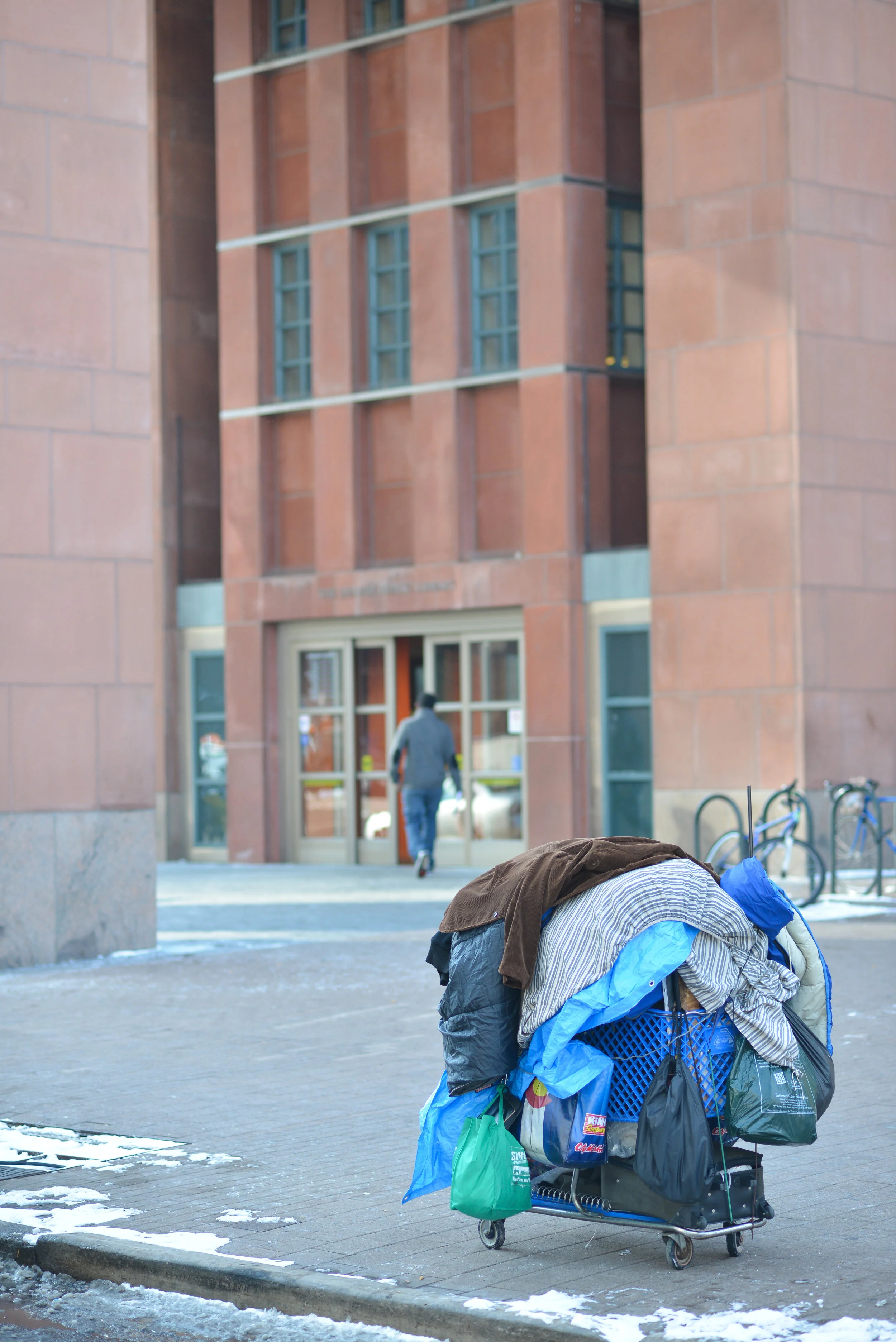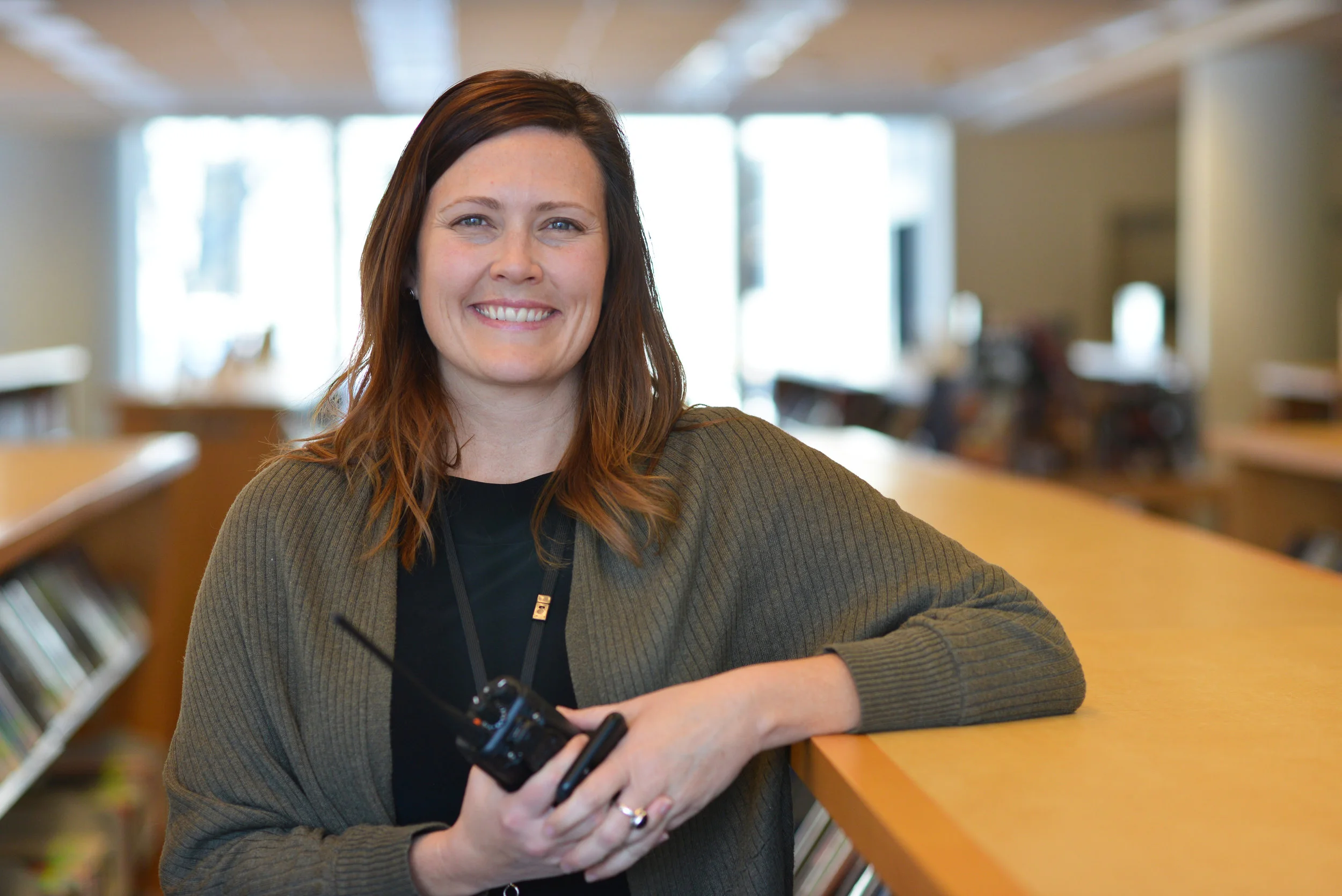You probably have a pretty good idea of where to donate clothing and furniture—but what do you do with the rest of your junk? Denver is full of nonprofits upcycling everything from office supplies to old paint to karaoke machines. Use this guide to help you figure out how to give a new life to practically everything cluttering up your closets.
Read MoreBy Sarah Harvey, Managing Editor
In your hands you are holding all the information you need to become a community superhero.
I don’t know a lot about superheroes, so to help prepare for this issue I consulted some experts: my niece and nephews, ages six, eight, and nine. I asked them about the qualities a person needed to have to be considered a superhero. The general consensus was that superheroes have exceptional abilities and powers, and/or they save people.
Read MoreJoshua Bieber
I go to an outreach at Dry Bones. The volunteers there provide food and bus passes for youth at risk, and also help me purchase my bus passes for half price. It is a great program.
Read MoreBy Paul Karolyi
More than a million people are projected to move to the Denver metro area by 2040, according to the Denver Regional Council of Governments. For city officials, urban planners, and other stakeholders in Denver’s communities, the expected population boom presents a challenge: How can we uphold our values while managing growth?
By Claire Martin
Todd Burton, who died June 20, 2016, was a familiar sight at the corner of California and 20th streets, seated on his bag and flying a sign that said “SMILE!” Sometimes he played a guitar.
Denver Public Library’s community resource specialists are trained social workers who can help people with everything from applying for food stamps to dealing with trauma.
By Matthew Van Deventer | Photos by Stanley Sigalov
 By Kristin Pazulski
By Kristin Pazulski
Photography by Adrian DiUbaldo
Another group of casually dressed business people runs by you, trying to catch the bus, talking about the latest speaker and wearing lanyard tags naming the convention they are attending at the Hyatt.
You look down at your jeans and sweater, and wonder if you’re supposed to be wearing a suit to be on the 16th Street Mall, because that’s all you can see. But no, it’s just that Denver’s downtown is different. With fewer people living in Denver than working and visiting, the downtown area’s one dominating street, the 16th Street Mall, sees more traffic from the more than 100,000 office workers and 2.1 million annual visitors than it sees from Denver residents.
Not only that, but walk a block off of 16th Street and the story is much different.
Downtown Denver is dominated by a 15-block strip of stores, restaurants and vendors that attract most of the area’s pedestrian traffic. The Mall Ride is beeping, bags are rustling, conversations float from cafes and the street furniture as people take a rest from shopping or walking. But the adjoining streets are quiet. There are shops and restaurants—plenty of shops, some which have been there for years. But the bustle is missing. Cars whizz by in four lanes of one-way traffic. The white-walking-man lights go on, but only a few people saunter across the street—most on their way to a hotel, a bus stop or the Mall.
Those side streets could be the future of Denver’s downtown development, but having oriented the city around one street, what will it take to build a more balanced city-center—one with shopping, entertainment, residences and pedestrian areas throughout?
By Travis Egedy
 It seems there may be something of a feminist (feminine?) revolution bubbling under the surface of Denver’s artistic communities. In last month’s VOICE, I wrote about the no holds barred Titwrench music festival, a local festival of progressive female music and culture that is run and operated by a group of strong, independent women. The festival is an all-inclusive look into contemporary feminist culture and the sounds that go along with it.
It seems there may be something of a feminist (feminine?) revolution bubbling under the surface of Denver’s artistic communities. In last month’s VOICE, I wrote about the no holds barred Titwrench music festival, a local festival of progressive female music and culture that is run and operated by a group of strong, independent women. The festival is an all-inclusive look into contemporary feminist culture and the sounds that go along with it.
As it turns out, this creative energy by groups of women is not just limited to the underground music community, and I was compelled to write about some women who are making similar strides in the underground visual art scene in Denver. These women are a loose collective that call themselves “Pink Collar Glam,” taking their name from the “Pink Collar Army,” who were a group of working class women responding to the idea of “glamour” in the 18th century.
by Kimberly Gunning
The U.S. Department of Housing and Urban Development released a study naming Denver as a national model for helping the homeless. The study focused on the homeless’ access to mainstream services and how cities have responded to the housing over services policy shift by the HUD in 2000.









